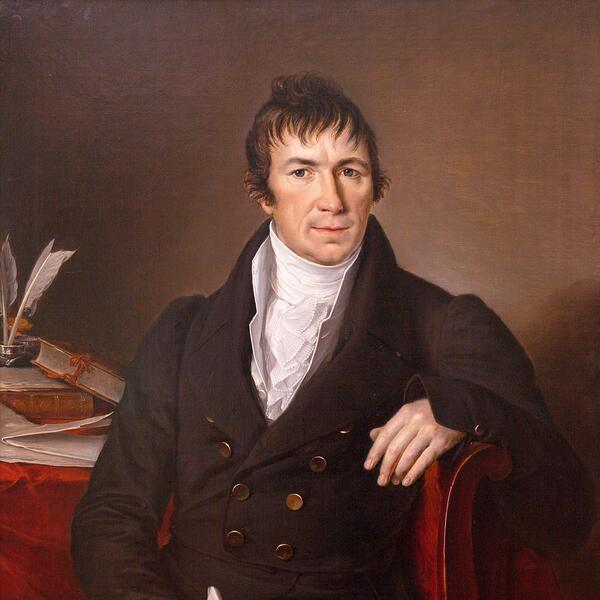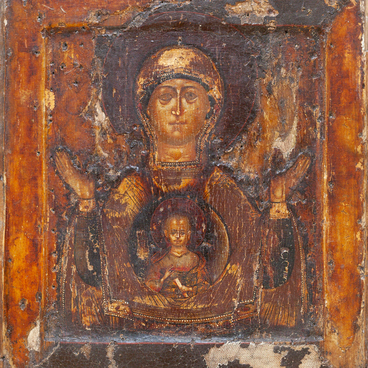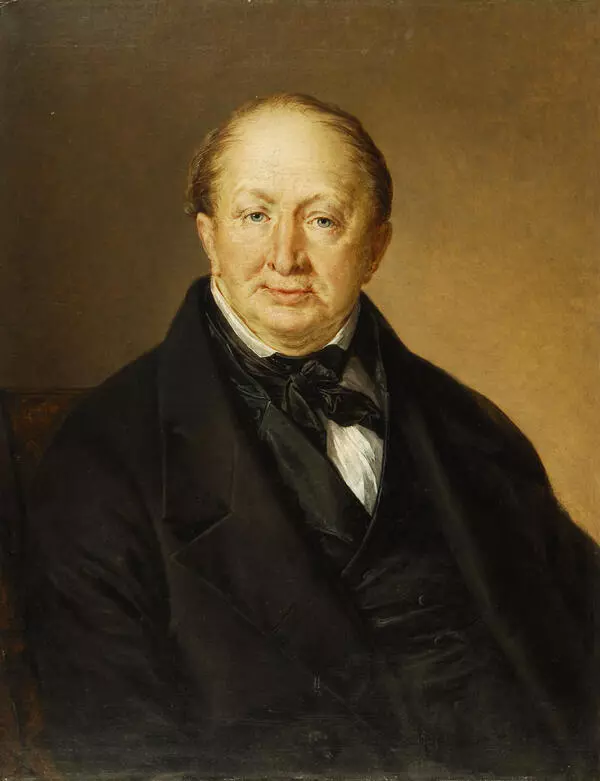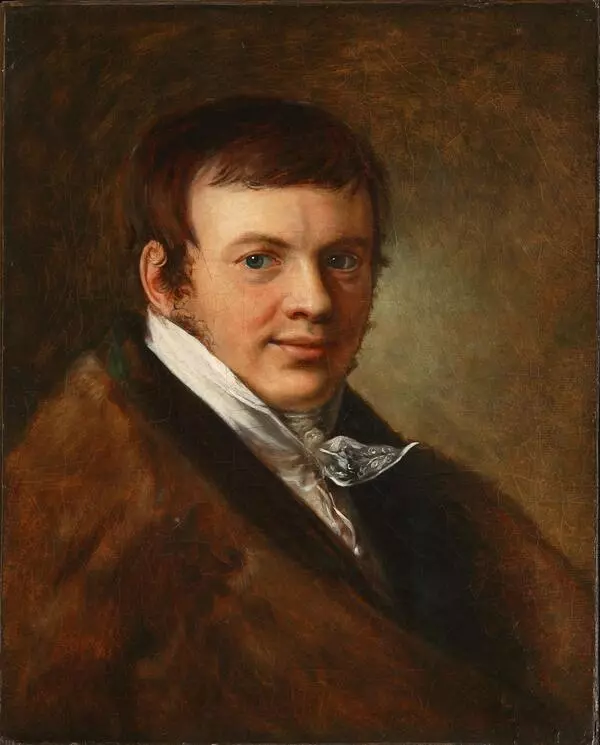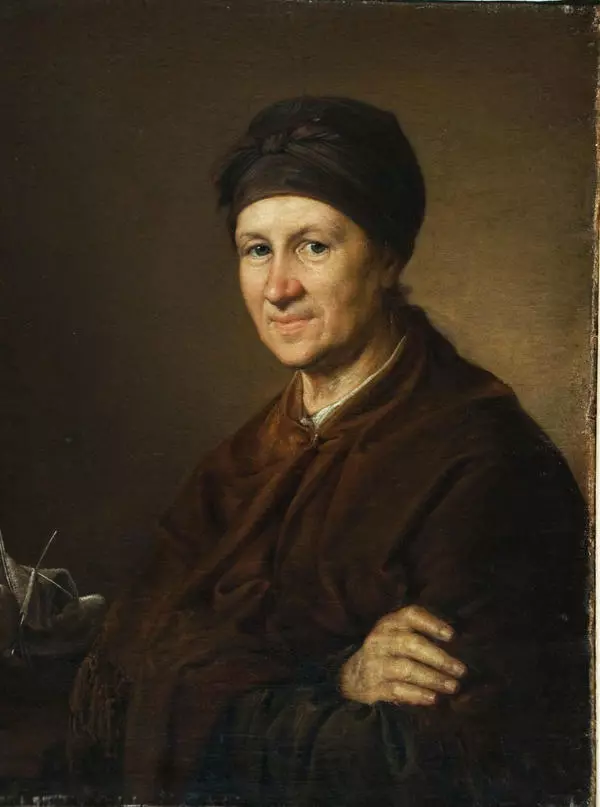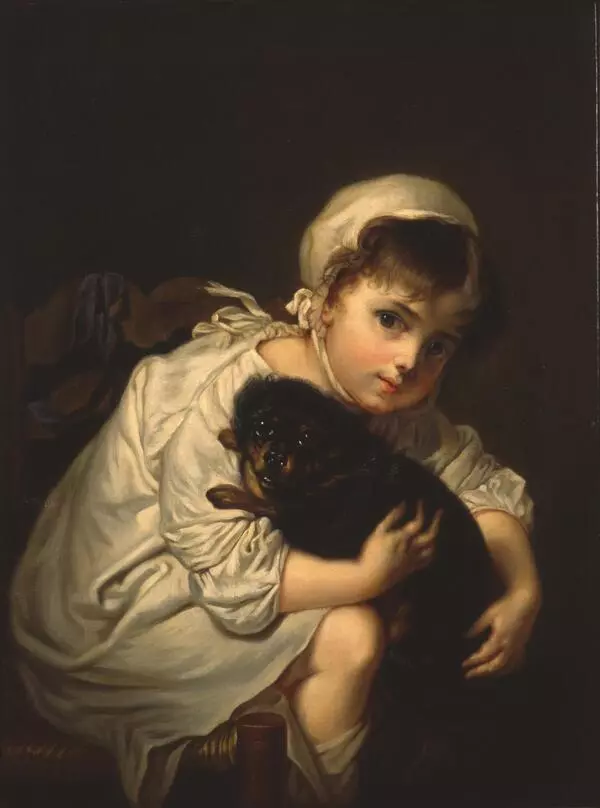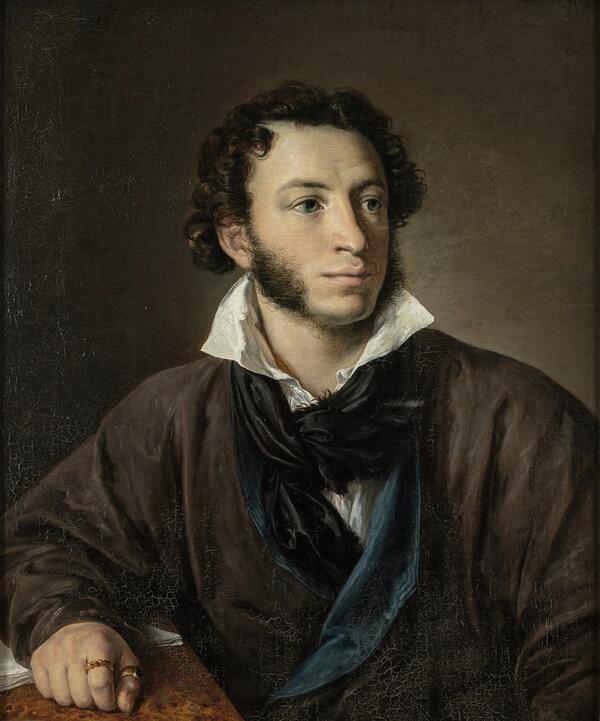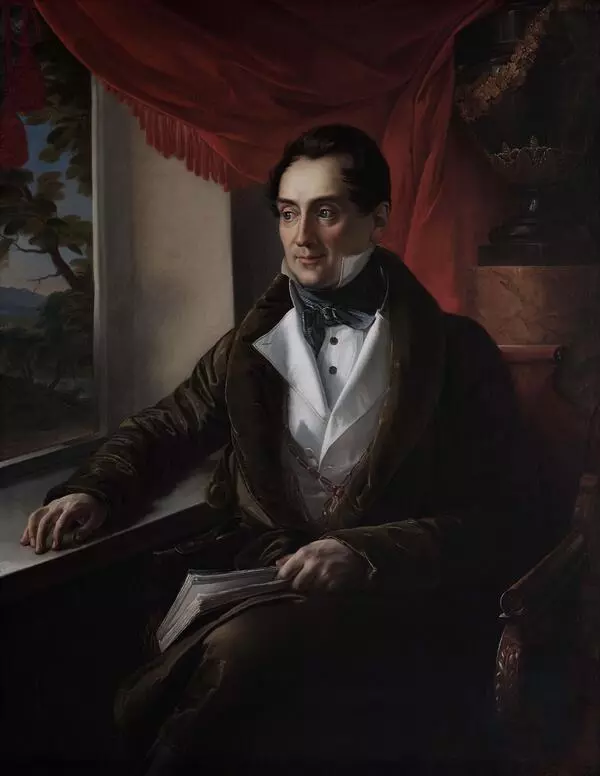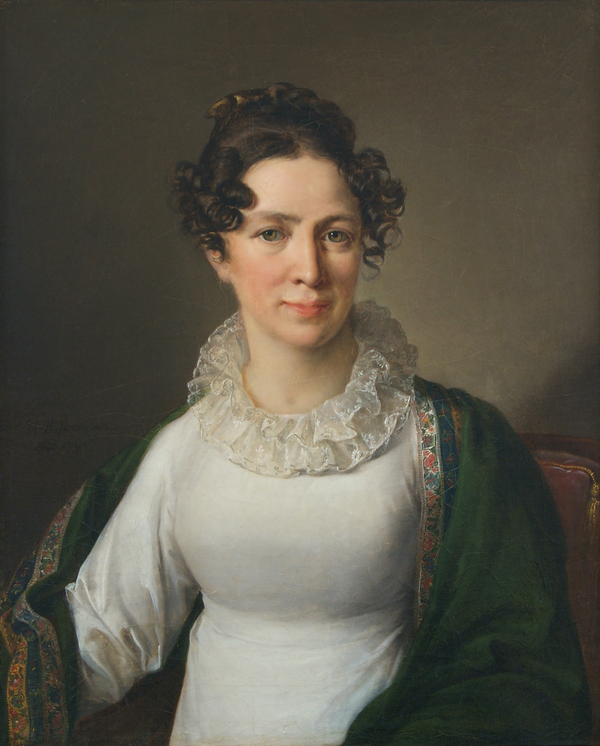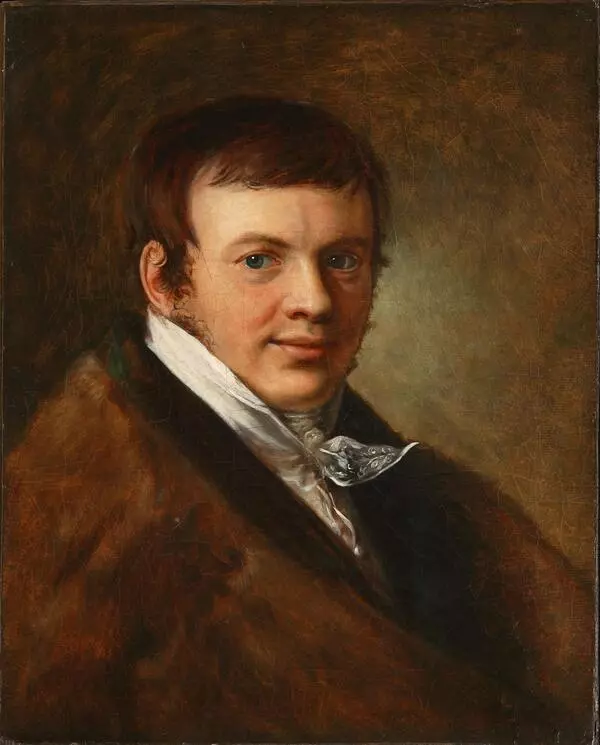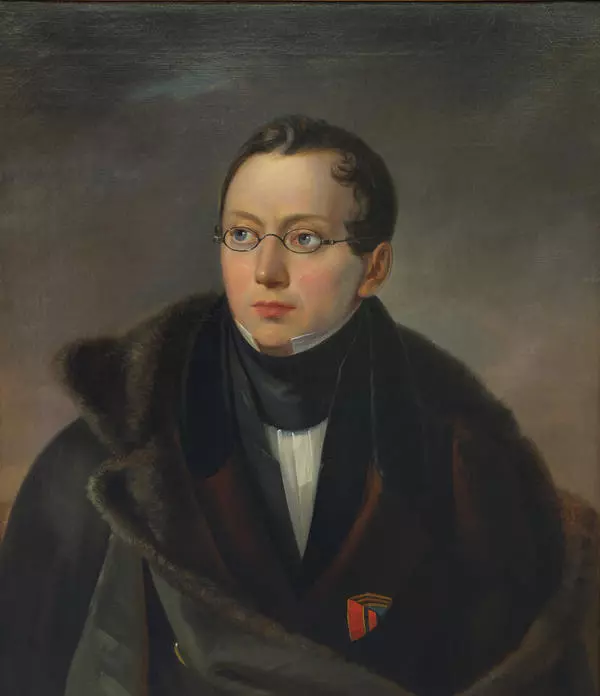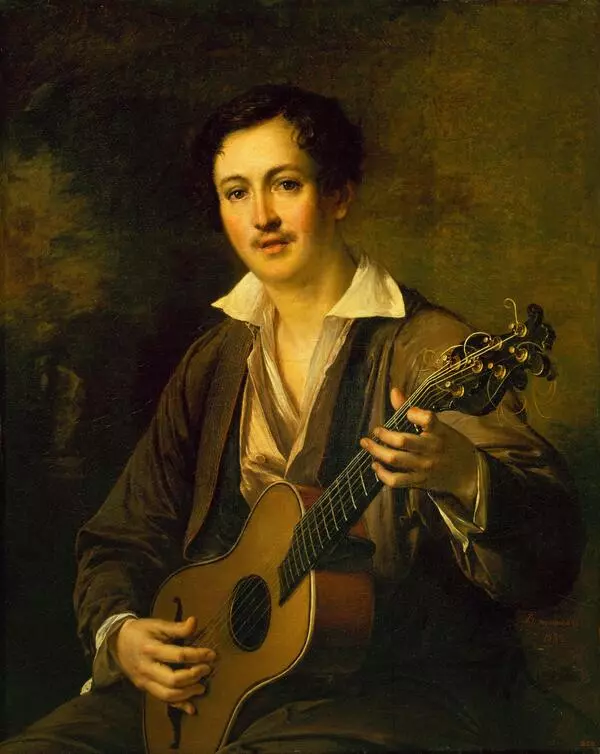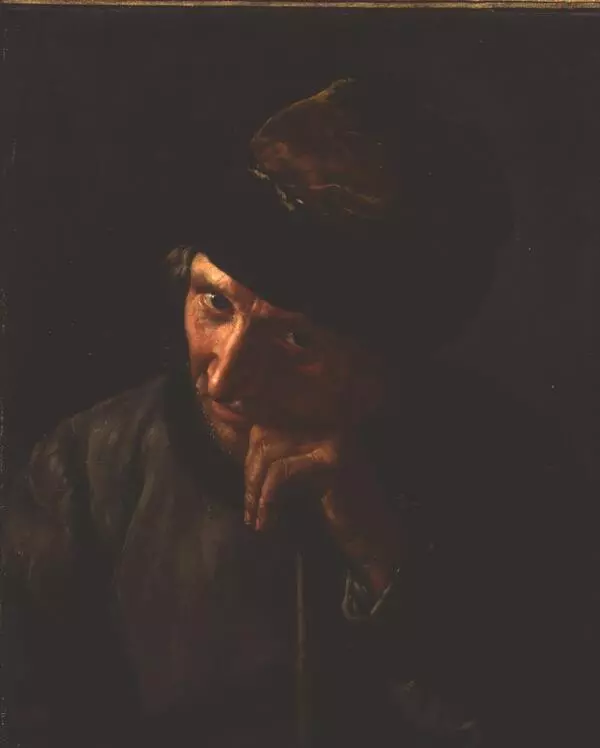Vasily Tropinin was a portrait painter of the first half of the 19th century. The future artist was born in the Novgorod Governorate into a family of serfs who belonged to Count Anton Münnich. Later, he was transferred to Count Irakly Morkov.
In the early 1790s, Count Morkov sent the young man to St. Petersburg to study confectionery. Tropinin was fond of drawing since childhood and in his spare time began to study anatomy at the Academy of Arts. The count’s cousin Alexey Morkov found out about it and paid for his training. Vasily Tropinin became an apprentice of Stepan Shchukin, a master of the portrait genre, and in a few years received his first two awards at competitions. His work was highly appreciated by Empress Maria Feodorovna, and the president of the Academy Alexander Stroganov promised to try to make one of his best students a free man.
However, Morkov had other plans. When he found out about Tropinin’s success, he called him back to his village. The artist had to perform many different tasks set by Markov: he was Markov’s servant, he fed the cattle, built a church in the village of Kukavka and painted it. However, Tropinin also found time for his own paintings: he created landscapes and portraits of peasants. Later, the artist recalled that he learned more at Kukavka than at the Academy.
In 1812, the count, a retired lieutenant general, returned to Moscow. He led the Moscow People’s Militia and participated in the Battle of Borodino, for which he was awarded the Order of St. Alexander Nevsky. Tropinin went with him to help him settle in a newly rebuilt house after the fire. In Moscow, the artist established a workshop where he created portraits of his owners, their friends and acquaintances. Tropinin was widely known as a good portraitist, he said that he painted ‘a portrait of a person for their close friends and family, who love them’. Furthermore, notable Muscovites commissioned him to make copies of paintings from their collections. Many of them were outraged that Morkov did not set the talented painter free.
And yet, in 1823, the count gave in and freed the artist on Easter. Vasily Tropinin was already 47 years old at that time. Afterwards, he refused to serve anywhere — even as a professor at the Academy of Arts. Yet, he was often commissioned: he portrayed city dignitaries, professors, and heroes of the Patriotic War of 1812.
Tropinin created an impressive gallery of portraits depicting residents of Moscow. Among them were representatives of the Mazurin merchant dynasty. Tropinin painted the portrait of merchant Alexey Mazurin in a simple setting: a part of a table with books and stationery. The background is muted, the shades are restrained and elegant.
In the early 1790s, Count Morkov sent the young man to St. Petersburg to study confectionery. Tropinin was fond of drawing since childhood and in his spare time began to study anatomy at the Academy of Arts. The count’s cousin Alexey Morkov found out about it and paid for his training. Vasily Tropinin became an apprentice of Stepan Shchukin, a master of the portrait genre, and in a few years received his first two awards at competitions. His work was highly appreciated by Empress Maria Feodorovna, and the president of the Academy Alexander Stroganov promised to try to make one of his best students a free man.
However, Morkov had other plans. When he found out about Tropinin’s success, he called him back to his village. The artist had to perform many different tasks set by Markov: he was Markov’s servant, he fed the cattle, built a church in the village of Kukavka and painted it. However, Tropinin also found time for his own paintings: he created landscapes and portraits of peasants. Later, the artist recalled that he learned more at Kukavka than at the Academy.
In 1812, the count, a retired lieutenant general, returned to Moscow. He led the Moscow People’s Militia and participated in the Battle of Borodino, for which he was awarded the Order of St. Alexander Nevsky. Tropinin went with him to help him settle in a newly rebuilt house after the fire. In Moscow, the artist established a workshop where he created portraits of his owners, their friends and acquaintances. Tropinin was widely known as a good portraitist, he said that he painted ‘a portrait of a person for their close friends and family, who love them’. Furthermore, notable Muscovites commissioned him to make copies of paintings from their collections. Many of them were outraged that Morkov did not set the talented painter free.
And yet, in 1823, the count gave in and freed the artist on Easter. Vasily Tropinin was already 47 years old at that time. Afterwards, he refused to serve anywhere — even as a professor at the Academy of Arts. Yet, he was often commissioned: he portrayed city dignitaries, professors, and heroes of the Patriotic War of 1812.
Tropinin created an impressive gallery of portraits depicting residents of Moscow. Among them were representatives of the Mazurin merchant dynasty. Tropinin painted the portrait of merchant Alexey Mazurin in a simple setting: a part of a table with books and stationery. The background is muted, the shades are restrained and elegant.

